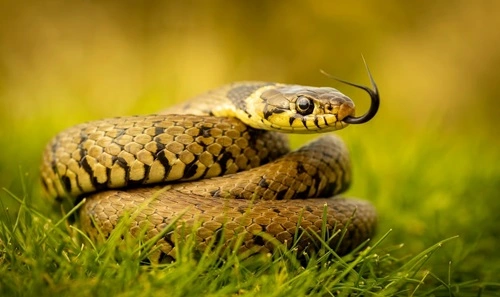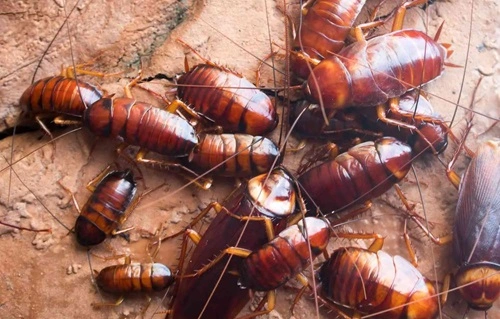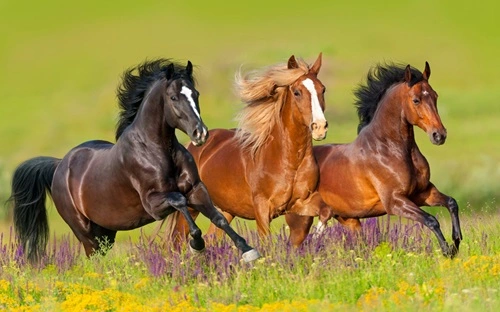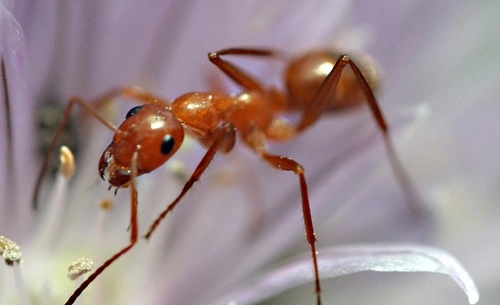Snakes have long been a subject of fascination and fear, often misunderstood due to their elusive nature and unique characteristics. Found on every continent except Antarctica, these reptiles play crucial roles in ecosystems around the world. Whether you’re a snake enthusiast or just curious about these serpentine creatures, here are over ten fun and intriguing facts about snakes that might just change the way you view them.

1. There Are Over 3,000 Species of Snakes
Globally, there are more than 3,000 known species of snakes, each adapted to a variety of habitats ranging from deserts and forests to oceans and wetlands. In the United States alone, there are approximately 50 species, including the corn snake, king snake, and the venomous rattlesnake. This incredible diversity allows snakes to occupy ecological niches on nearly every part of the planet.
2. Snakes Smell With Their Tongues
One of the most distinctive features of a snake is its forked tongue flicking in and out. Snakes use their tongues to collect airborne particles, which they then bring back into their mouths to the Jacobson’s organ (also known as the vomeronasal organ) for analysis. This highly sensitive organ helps them detect prey, predators, and mates, essentially allowing them to “taste” the air.
3. Some Snakes Give Birth to Live Young
While many reptiles lay eggs, not all snakes do. Species like the boa constrictor and the garter snake give birth to live young in a process called ovoviviparity. In these species, eggs develop and hatch inside the mother’s body, and she then gives birth to fully formed, live offspring. This adaptation can be particularly advantageous in colder climates where incubating eggs might be challenging.
4. Snakes Can Go Months Without Eating
Snakes have incredibly slow metabolisms, allowing them to survive long periods without food. Larger snakes like pythons and anacondas can go months, and sometimes even over a year, between meals. This is possible because they can adjust their metabolic rates and efficiently utilize the energy from their prey. When they do eat, they often consume prey much larger than their heads due to their flexible jaws.
5. They Don’t Have Eyelids or External Ears
Snakes lack movable eyelids and instead have a transparent scale called a brille or spectacle that covers and protects their eyes. This is why snakes appear to have an unblinking stare. Additionally, snakes do not have external ears or eardrums. They “hear” by sensing vibrations through their jawbones, which transmit signals to the inner ear, allowing them to detect movements and prey.
6. The Titanoboa Was the Largest Snake Ever
Fossil records reveal that the Titanoboa, which lived approximately 60 million years ago, was the largest snake to have ever existed. It could reach lengths of up to 42 feet and weigh over 2,500 pounds. This colossal snake lived in what is now South America and likely played a significant role in its prehistoric ecosystem as a top predator.
7. Snakes Play Vital Roles in Ecosystems
Despite often being feared, snakes are essential for maintaining ecological balance. They control rodent populations, which can help prevent the spread of diseases and protect crops from damage. In turn, snakes serve as prey for larger predators like birds of prey and mammals. Their presence indicates a healthy ecosystem.
8. Venomous Snakes Are Less Common Than You Think
Out of the thousands of snake species worldwide, only about 600 are venomous, and even fewer pose a significant threat to humans. In the United States, venomous snakes include rattlesnakes, cottonmouths, copperheads, and coral snakes. Education and awareness are key to coexisting safely with these reptiles, as most bites occur when snakes are provoked or accidentally stepped on.
9. Snake Venom Has Medical Applications
Snake venom is not just dangerous; it’s also beneficial in medical research and treatments. Components of venom are used to develop medications for high blood pressure, heart attacks, and blood disorders. For example, the drug Captopril, used to treat hypertension, was developed from the venom of the Brazilian pit viper. Ongoing research continues to explore the potential of venom in treating various diseases.
10. Some Snakes Can Fly (Sort Of)
In the jungles of Southeast Asia, certain species of tree-dwelling snakes, like the paradise tree snake, have the ability to glide through the air. They flatten their bodies and launch themselves from branches, gliding distances of up to 100 meters. This remarkable adaptation helps them escape predators and move efficiently between trees.
11. Snakes Shed Their Skin Regularly
Snakes periodically shed their skin in a process called ecdysis. This allows them to grow and remove parasites. Shedding frequency varies depending on the species, age, and environmental factors but generally occurs several times a year. Before shedding, a snake’s skin becomes dull, and its eyes may appear blue and cloudy due to fluid build-up, temporarily affecting their vision.
12. They Have a Flexible Jaw, Not a Dislocating One
Contrary to popular belief, snakes do not dislocate their jaws to eat large prey. Instead, they have highly flexible ligaments that allow their jaws to stretch around prey much larger than their head. Their lower jawbones are not fused, enabling them to move independently. This adaptation is crucial for their feeding habits, allowing them to consume a variety of prey sizes.
13. Antarctica Is the Only Continent Without Snakes
Snakes are incredibly adaptable but are absent from Antarctica due to the extreme cold, which is unsuitable for their cold-blooded physiology. They are also notably absent from a few other large land masses like Ireland, New Zealand, and Greenland, primarily due to geographic isolation and climatic conditions.
14. The Inland Taipan Is the World’s Most Venomous Snake
The inland taipan, found in Australia, holds the title for the most venomous snake on the planet. Its venom is so potent that a single bite contains enough toxin to kill over 100 adult humans. However, the inland taipan is reclusive and rarely comes into contact with people, resulting in very few recorded bites.
15. Some Snakes Exhibit Parthenogenesis
Parthenogenesis is a form of asexual reproduction where an egg can develop into an embryo without fertilization by a male. Some snake species, like certain boas and pit vipers, can reproduce this way, especially when females are isolated from males. This adaptation can be beneficial for survival in environments where mates are scarce.
16. Snakes Use the Sun for Thermoregulation
Being ectothermic (cold-blooded), snakes rely on external heat sources to regulate their body temperature. They bask in the sun to warm up and seek shade or burrow underground to cool down. This behavior affects their activity patterns, hunting strategies, and habitat preferences.
17. The Black Mamba Is the Fastest Snake
Native to parts of sub-Saharan Africa, the black mamba is considered the fastest land snake, capable of reaching speeds up to 12 miles per hour. While not the longest or most venomous, its speed and potent venom make it one of the most feared snakes in Africa. Despite its reputation, it prefers to avoid humans and will usually flee if given the chance.
18. Snakes Have Been Symbols in Cultures Worldwide
Throughout history, snakes have held significant symbolic meanings in various cultures. In ancient Greek mythology, the Ouroboros symbolizes eternity and the cycle of life and death. In medicine, the Rod of Asclepius, featuring a serpent entwined around a staff, represents healing and health care. These symbols highlight the complex relationships humans have had with snakes over millennia.
19. Some Snakes Exhibit Maternal Care
While many reptiles do not care for their young after birth, some snake species show surprising parental behaviors. The African rock python, for instance, guards her eggs until they hatch, protecting them from predators and regulating their temperature through shivering thermogenesis. This maternal investment increases the survival rate of her offspring.
20. The Smallest Snake Is Just Four Inches Long
The Barbados threadsnake is the world’s smallest known snake, reaching a maximum length of about four inches. Discovered in 2008 on the Caribbean island of Barbados, this tiny snake is thin as a spaghetti noodle and feeds on ant and termite larvae. Its diminutive size makes it one of the most fascinating and delicate snake species.
Conclusion
Snakes are a diverse and remarkable group of reptiles with adaptations and behaviors that continue to intrigue scientists and nature enthusiasts alike. From their unique sensory organs and reproductive strategies to their roles in ecosystems and cultural symbolism, snakes offer endless opportunities for discovery and appreciation. Understanding these fascinating creatures can help dispel myths and foster a greater respect for their place in the natural world. So the next time you come across a snake, remember these fun facts and consider the incredible journey these creatures have taken through evolution.



